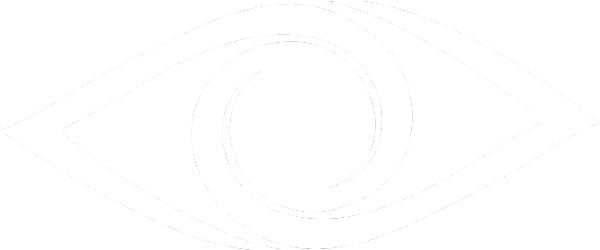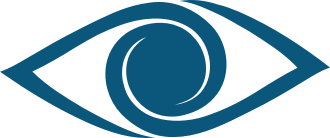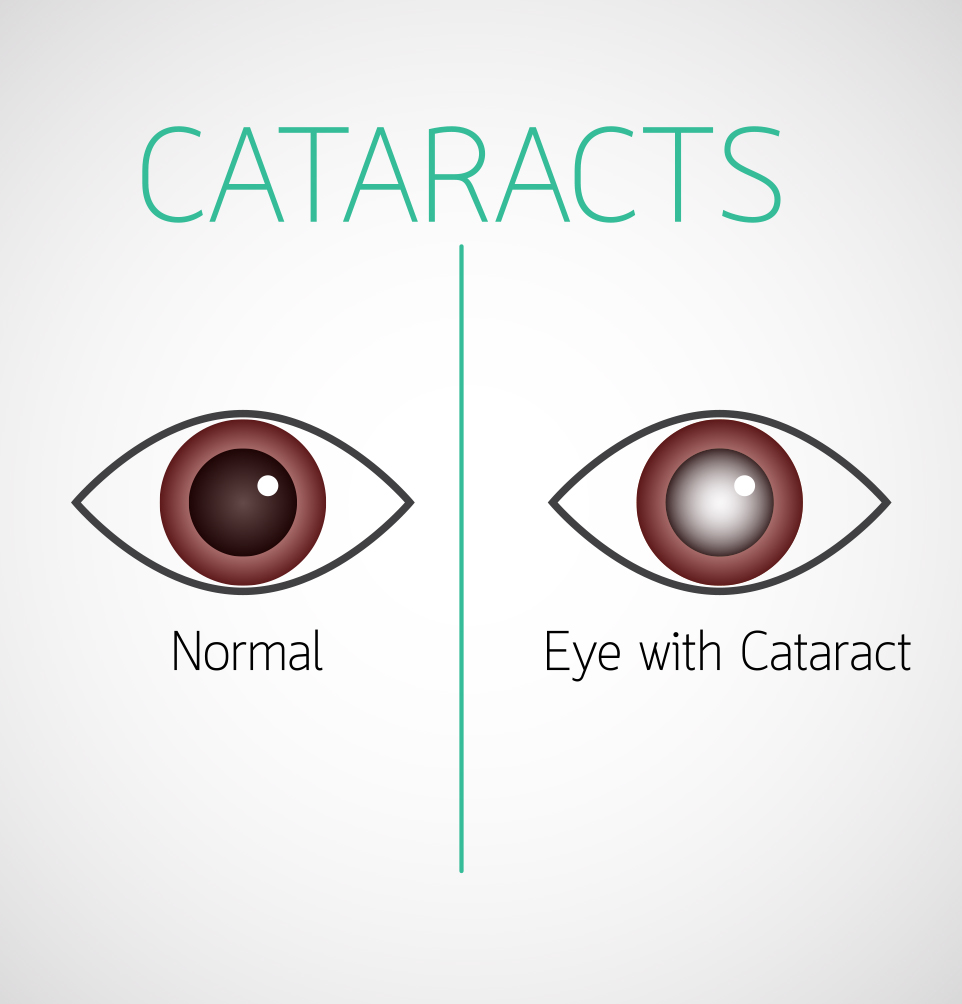What are cataracts?
Every time you focus your eyes on people or objects, near or far, the images you see are produced by light rays entering the eye, focused by the lens onto the retina. If the lens is cloudy, the images are no longer crisp, bright, and clear, but appear dull, yellowed, blurry, or less colorful, as if you are looking through a dusty, dirty window.
Blurred or opaque vision is most commonly the result of cataracts, a clouding of the eye lens. This condition is not a minor problem, as if left untreated, can result in blindness. The World Health Organization reports that cataracts are the condition behind more than half the cases of blindness worldwide.
Aging and cataracts
Cataracts are a common problem associated with age, though they may develop in younger people. Over time, the lens proteins break down and clump together. As this condition progresses, cataracts can prevent sharply defined images from reaching the retina, leading to blurred vision. If not treated, cataracts can lead to blindness as the lens becomes thicker and more opaque.



